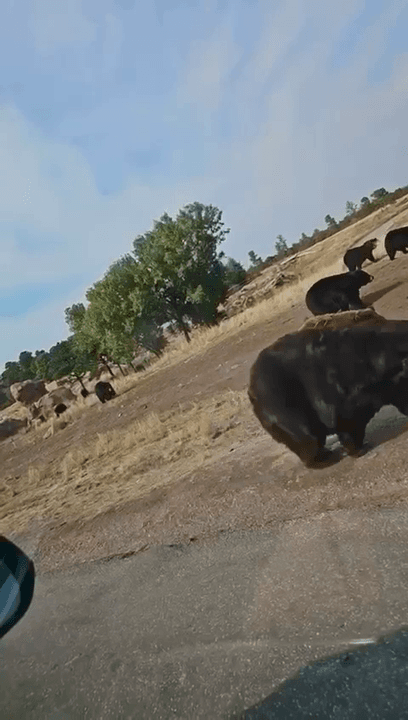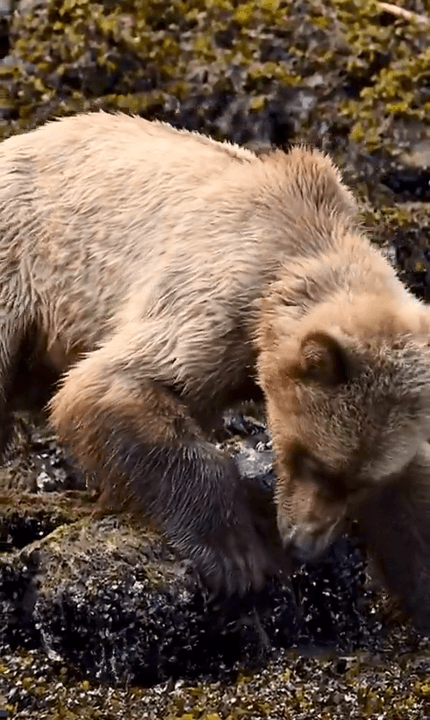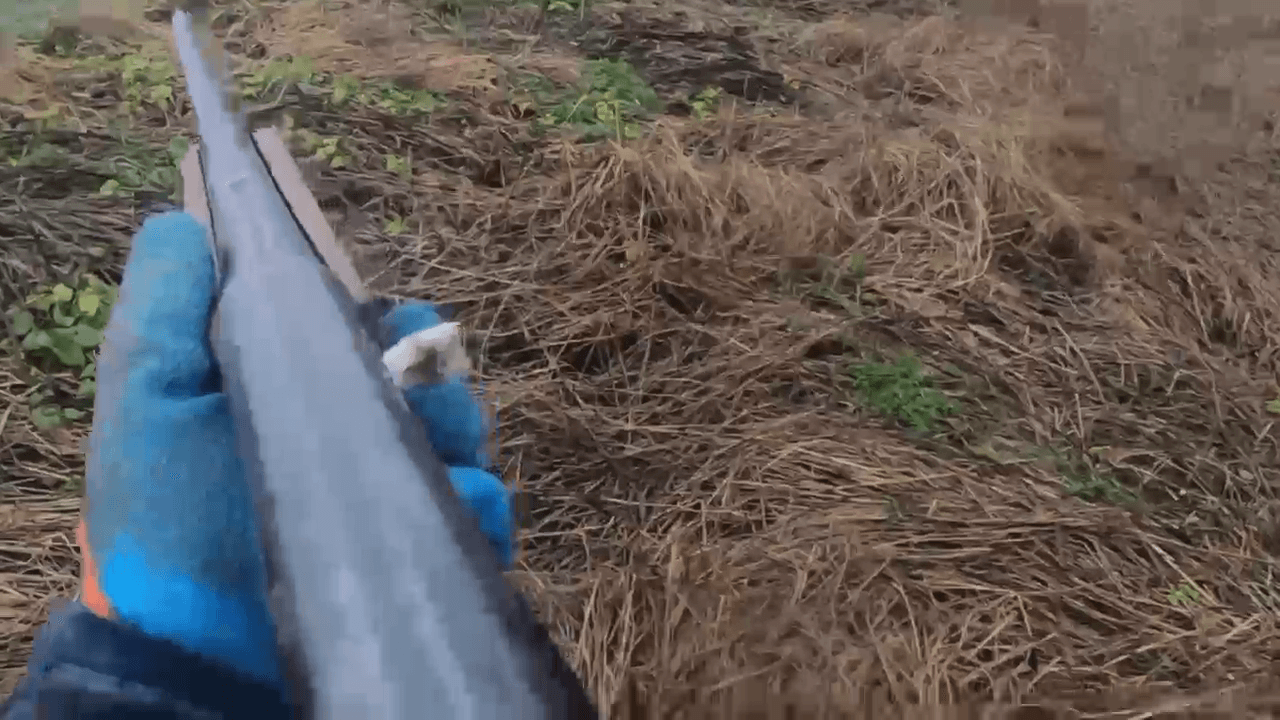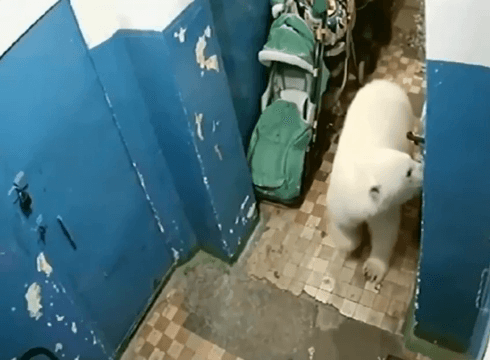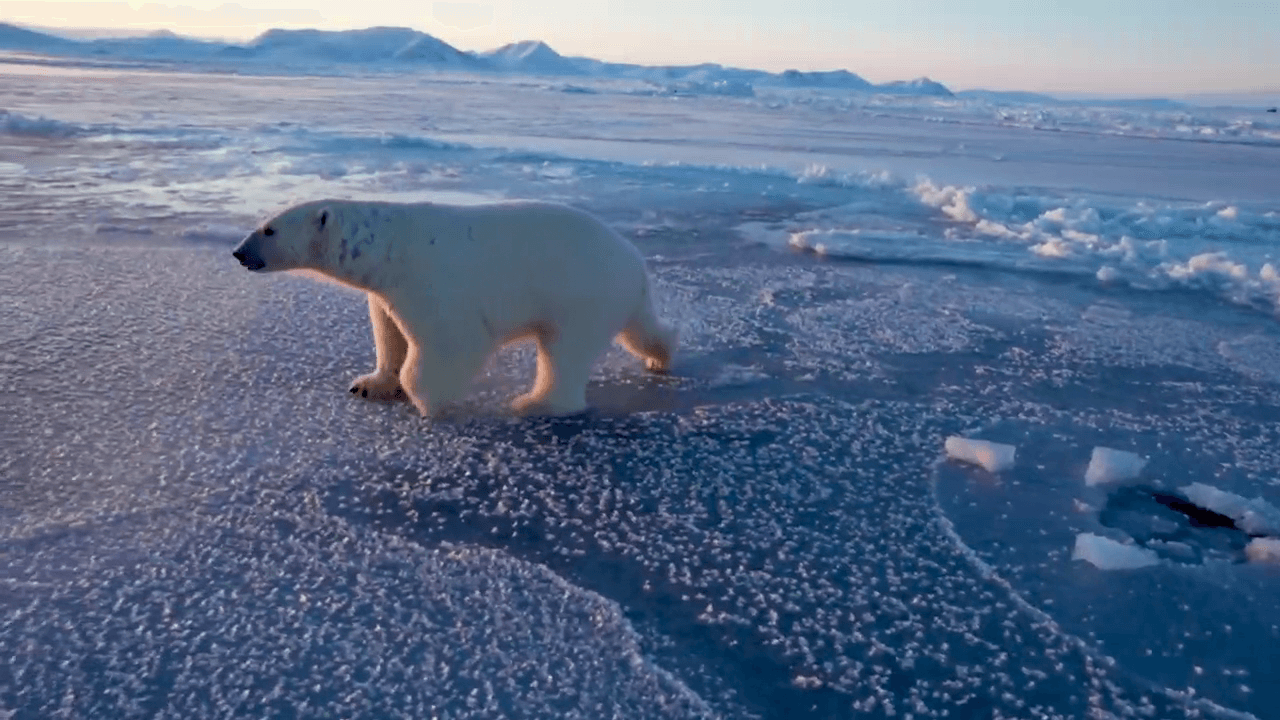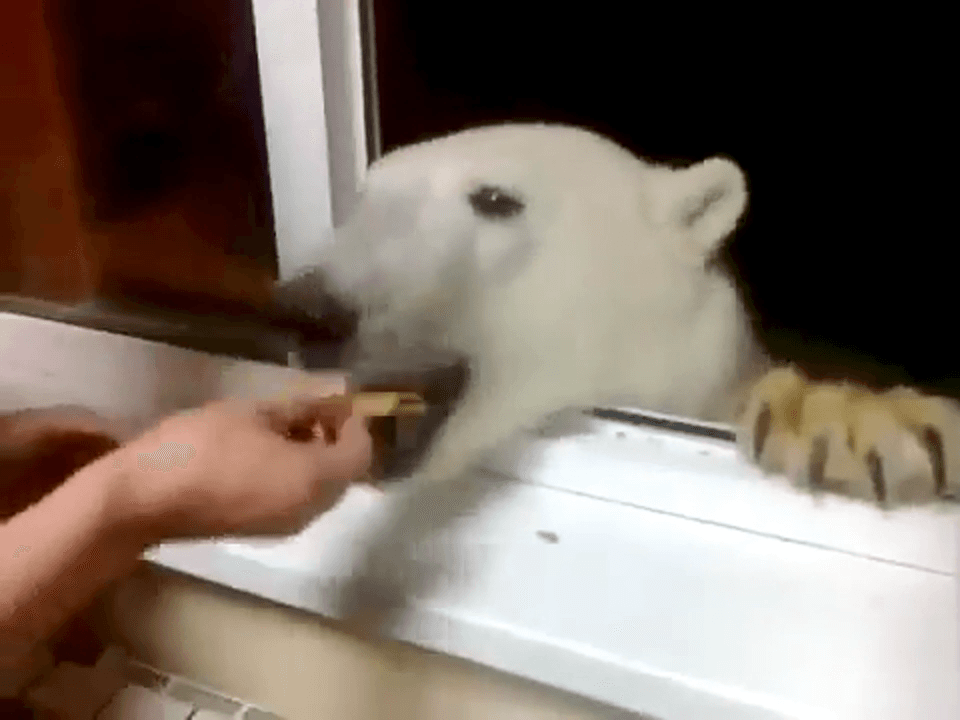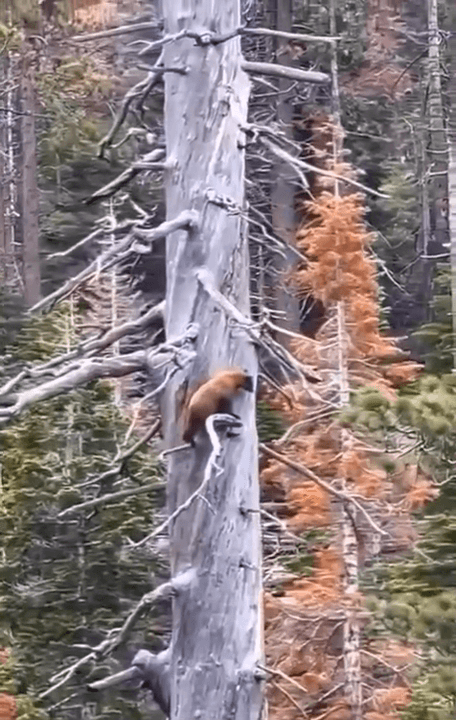
Blood-thirsty dogs attack defenceless chained bear in ‘shameless baiting station’ A disturbing video of two dogs attacking a chained bear near Moscow, Russia, has sparked fresh calls for President Vladimir Putin to crack down on 'baiting stations' Two blood-thirsty dogs attacked a chained brown bear over the course of several heartbreaking minutes during a hunting training drill. The shocking footage was recorded by animal rights activists in Russia at a suspected “baiting station”. One of the dogs can be seen biting into the bear’s leg from behind. The animal desperately tries to fight back but is held back by its chain. This is despite it being illegal in Russia to use wild-caught animals to train dogs for hunting. The Russian parliament passed a bill in December 2017 to ban baiting but the upper house refused to ratify it. One senator, Sergey Kalashnikov, bizarrely compared it to the extension of LGBT rights in the West.
Post: 3 November 20:17


